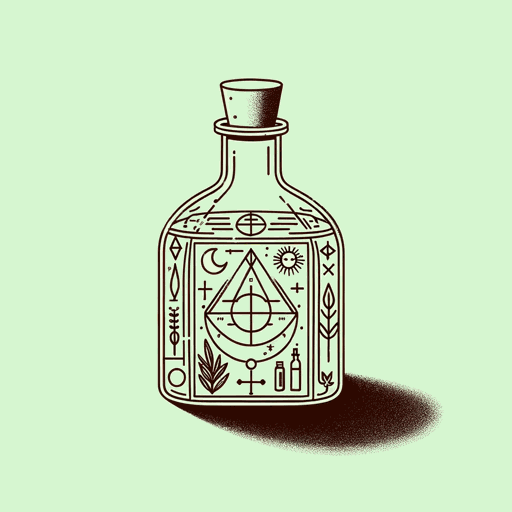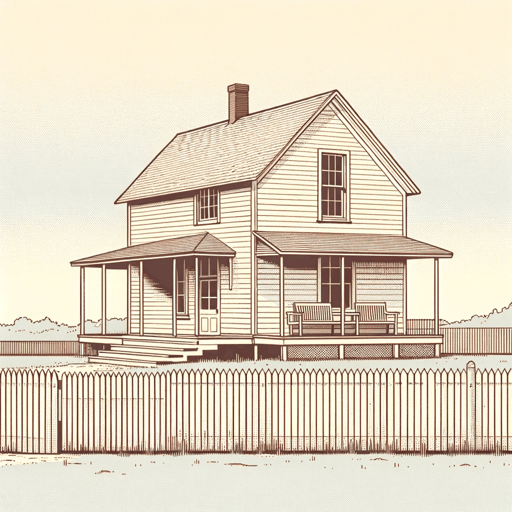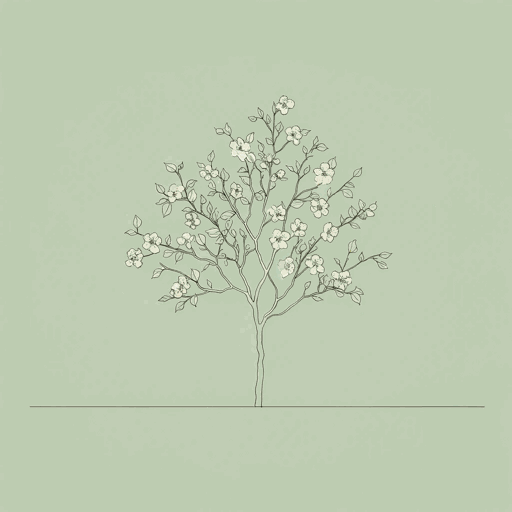25 pages • 50 minutes read
Zora Neale HurstonHow It Feels To Be Colored Me
Nonfiction | Essay / Speech | Adult | Published in 1928A modern alternative to SparkNotes and CliffsNotes, SuperSummary offers high-quality Study Guides with detailed chapter summaries and analysis of major themes, characters, and more.
Themes
The Harlem Renaissance and the “New Negro”
Hurston’s “How It Feels to Be Colored Me” can best be understood in its historical and cultural context, namely the 1920s and the Harlem Renaissance.Americans of the twentieth century had lived through an unprecedented world war. In revolt against the perceived waste of human lives and the bankrupt morality that allowed death on such a massive scale during World War I, many Americans, especially younger Americans, eagerly embraced the modern world left in the aftermath of the war. Because of developments in transportation, communication, and manufacturing, this world was one that moved at a faster pace than that of the generation before.This new culture valued what was new and what was modern, not tradition and the past.
The Harlem Renaissance grew out of a confluence of trends in this more modern culture. Some modernists were fascinated with what they perceived as primitive cultures, which they saw as an antidote to the hypocrisy of tradition.Primitivism celebrated primitive culture, arts, and music as more authentic and more in touch with the deep instincts and human drives highlighted by psychologist Sigmund Freud. African-Americans, the most accessible “primitive” culture to white Americans, became a central focus of white interests.
African-Americans, shaped by many of the same forces as their white peers, took this opening to make a place for an art and culture of their own, one worthy of celebration and one capable (they hoped) of showing nonblacks that African-Americanswere capable of producing art that justified a place at the American table.
Related Titles
By Zora Neale Hurston

Barracoon: The Story of the Last "Black Cargo"
Zora Neale Hurston

Drenched in Light
Zora Neale Hurston

Dust Tracks on a Road
Zora Neale Hurston

Hitting a Straight Lick with a Crooked Stick
Zora Neale Hurston

Jonah's Gourd Vine
Zora Neale Hurston

Moses, Man of the Mountain
Zora Neale Hurston

Mule Bone: A Comedy of Negro Life
Langston Hughes, Zora Neale Hurston

Mules and Men
Zora Neale Hurston

Seraph on the Suwanee
Zora Neale Hurston

Spunk
Zora Neale Hurston

Sweat
Zora Neale Hurston

Tell My Horse: Voodoo and Life in Haiti and Jamaica
Zora Neale Hurston

The Eatonville Anthology
Zora Neale Hurston

The Gilded Six-Bits
Zora Neale Hurston

Their Eyes Were Watching God
Zora Neale Hurston

